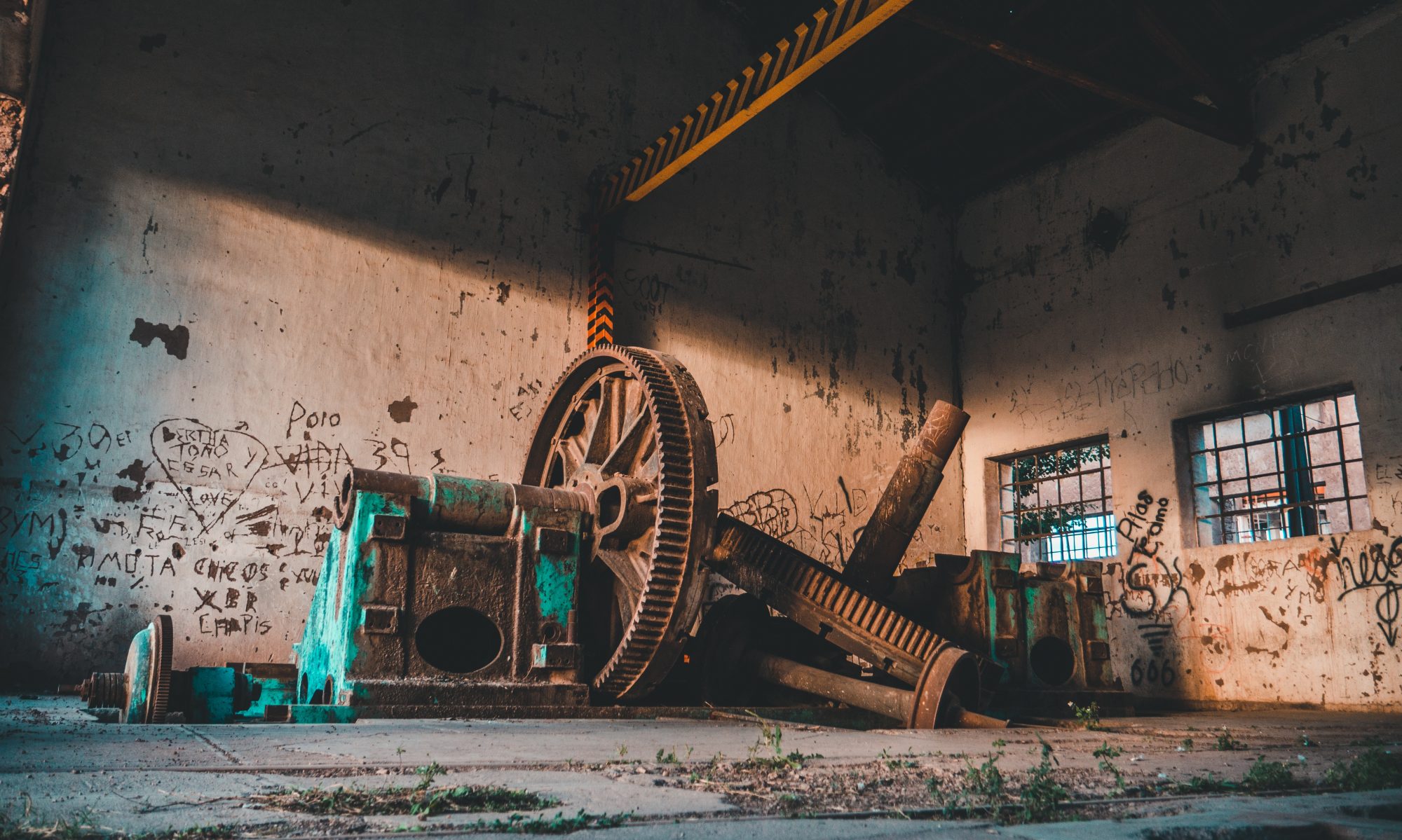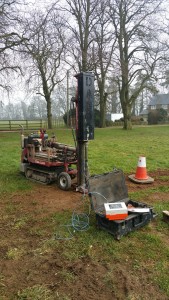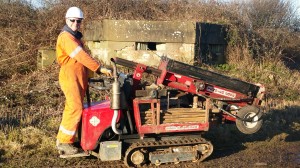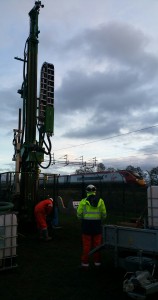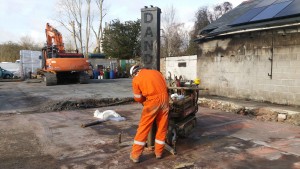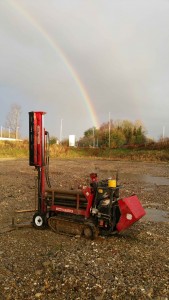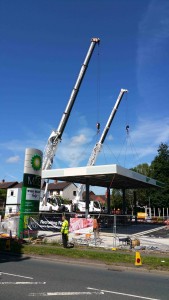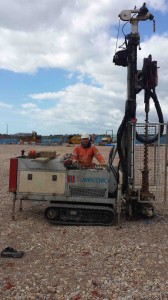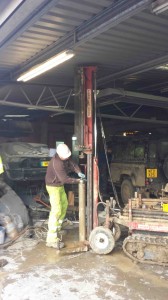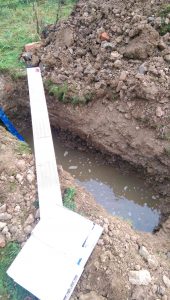
The pressure to building new housing seems to be constantly in the news these days. Developers working to meet this demand are increasingly finding that they are required to find sustainable methods for disposing of the rainwater from roofs and paved areas. The days when this could just be discharged to the municipal sewer are long gone. Instead, wherever possible, the water must be disposed of into the ground via soakaways or other similar ‘infiltration features’.
Designing these requires careful measurement of soil permeability. We offer a comprehensive range of testing methods, from hand-dug percolation tests for Sustainable Drainage Systems (SUDS – NHBC Chapter 5.3) to machine-dug test pits for full scale soakaway tests (BRE 365). If site access is limited we can even carry out the requisite testing in boreholes drilled as part of our geotechnical/environmental investigation of the site.
For more information please contact Steven Partridge – 01296 739413
